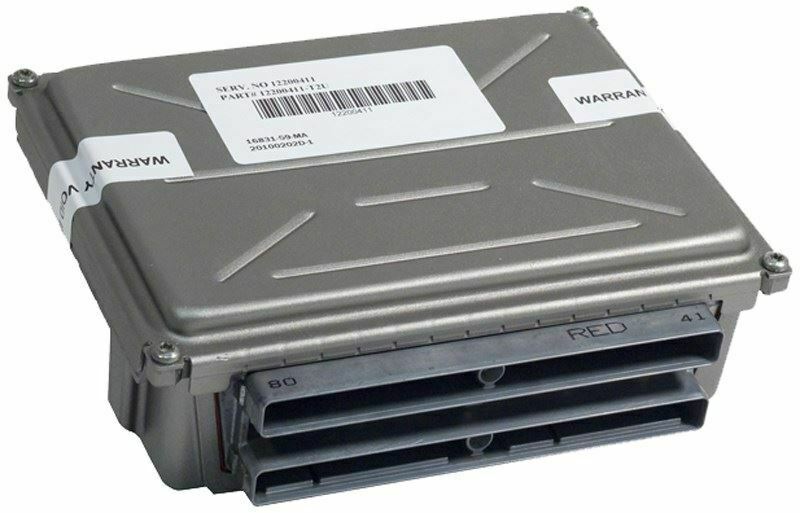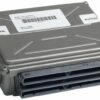Is Your GM Truck Running Rough? The PCM Might Be the Culprit.
If you’re dealing with frustrating and unpredictable issues like a persistent check engine light, poor fuel mileage, erratic shifting, or even a no-start condition in your GM truck or SUV, a failing Powertrain Control Module (PCM) is a likely cause. As the central computer for your engine and transmission, the PCM’s health is critical for performance, efficiency, and reliability. When it starts to fail, it can create a cascade of problems that are often difficult to diagnose, leading to wasted time and money on unnecessary parts.
Symptoms of a Failing GM PCM
- ✔ Persistent Check Engine Light (CEL) that won’t clear or returns immediately.
- ✔ Unexplained engine misfires, stumbling, or hesitation during acceleration.
- ✔ Harsh, delayed, or erratic automatic transmission shifting.
- ✔ A sudden and significant drop in fuel economy.
- ✔ The engine cranks but refuses to start.
- ✔ Communication errors when trying to read codes with a scan tool.
- ✔ Multiple unrelated trouble codes appearing at the same time.
Why Choose Our Pre-Programmed GM Truck PCM?
This isn’t just a replacement part; it’s a complete, ready-to-install solution. We take the guesswork and hassle out of the repair process. When you order from us, we use the Vehicle Identification Number (VIN) you provide to flash the module with the latest, most up-to-date software directly from GM. This ensures perfect compatibility and optimal performance for your specific vehicle configuration. You get a fully functional GM Truck PCM that is truly plug-and-play, eliminating the need for an expensive trip to the dealership for programming.
This module is a direct replacement for service numbers 89017750, 12582605, 12589463, 12602802, 89017734, and 28042802, covering a wide range of popular models like the Silverado, Sierra, Tahoe, Suburban, Escalade, and Hummer H2. Please verify your part number and consult the detailed fitment list to ensure compatibility.
Simple Installation Process
Replacing your GM Truck PCM is a straightforward job for a DIY mechanic. It’s typically located in the engine bay on the driver’s side, near the battery or airbox. The process generally involves disconnecting the vehicle’s battery, carefully unplugging the electrical connectors from the old module, unbolting it from its bracket, and installing the new one in its place. After reconnecting everything, you may need to perform a security relearn or Crankshaft Variation (CASE) relearn, which can often be done without specialized tools. This simple procedure restores vehicle performance and gets you back on the road with confidence.
Frequently Asked Questions
What is a PCM and what does it do?
The Powertrain Control Module (PCM) is your vehicle’s main computer. It controls all aspects of engine and transmission function, including fuel injection, ignition timing, emissions systems, and shift points to ensure optimal performance and efficiency.
Do I need to get this PCM programmed by a dealer?
No. This PCM comes fully programmed to your vehicle’s specific VIN with the latest GM software updates before it is shipped. It is a plug-and-play solution that saves you a trip to the dealership.
Where do I find my vehicle’s VIN?
Your 17-digit Vehicle Identification Number (VIN) can be found on your vehicle’s registration, insurance card, or on a metal plate on the driver’s side of the dashboard, visible through the windshield.
Is a relearn procedure required after installation?
In many cases, a security relearn or Crankshaft Position Sensor (CASE) relearn may be necessary for the vehicle to run correctly. This procedure helps the new PCM synchronize with your vehicle’s other systems and can often be performed without special tools. Instructions are widely available online for this process.
How can I be sure this PCM will fit my vehicle?
Please check the service number on your original PCM and compare it to the compatible numbers listed (89017750, 12582605, 12589463, 12602802, 89017734, 28042802). You can also use the detailed fitment list on this page to confirm compatibility with your make, model, and year.


